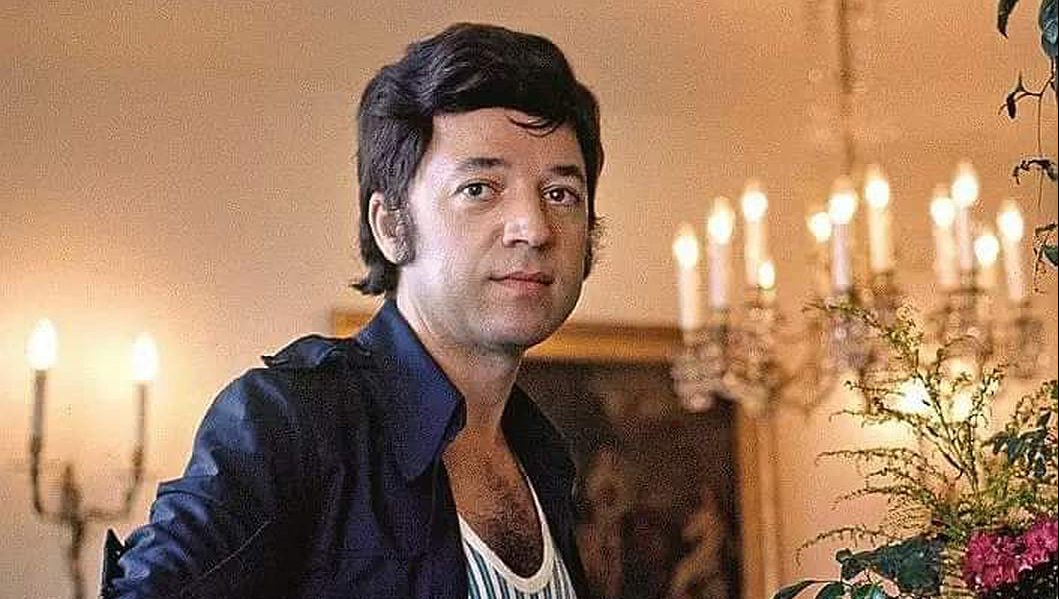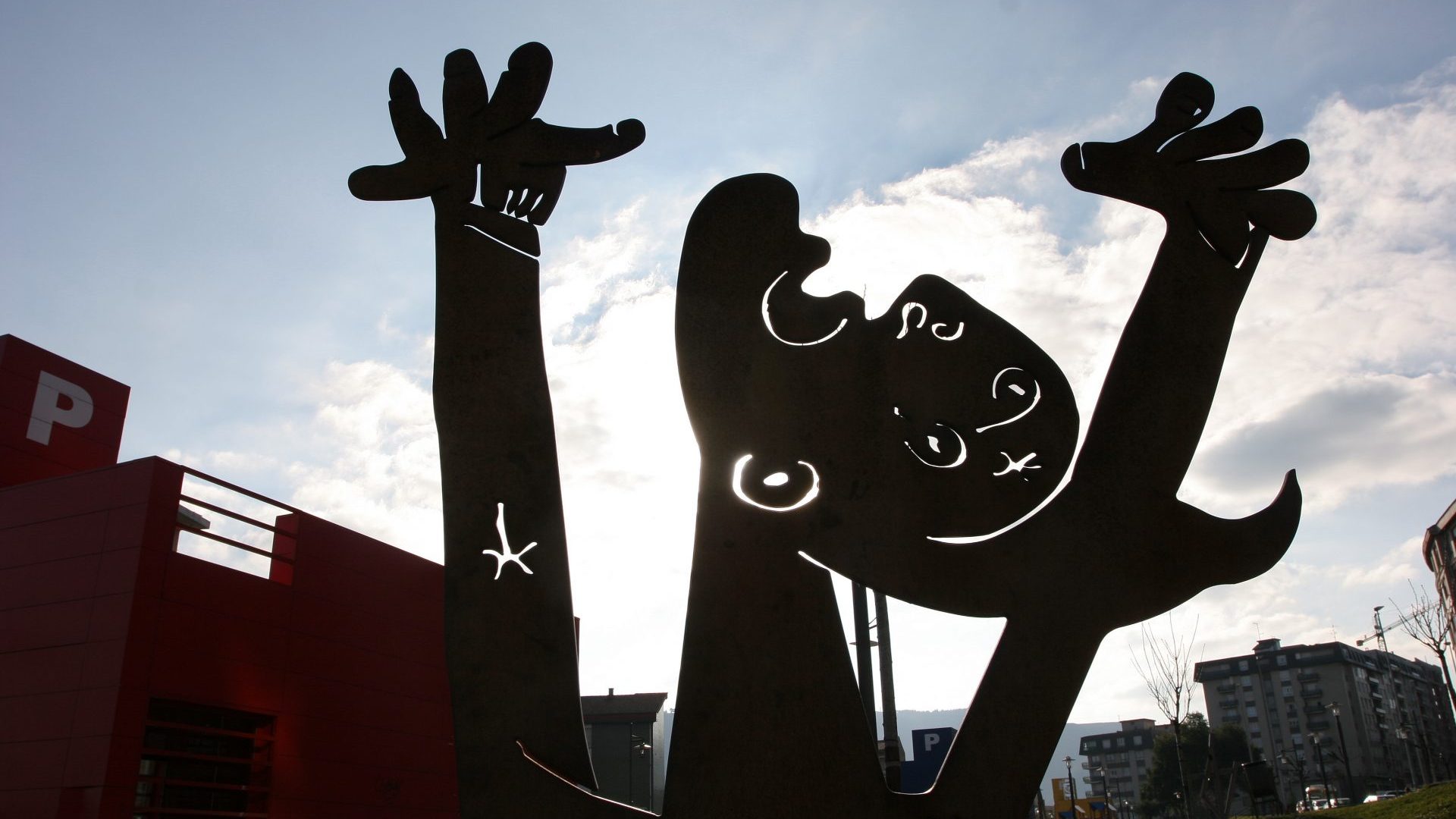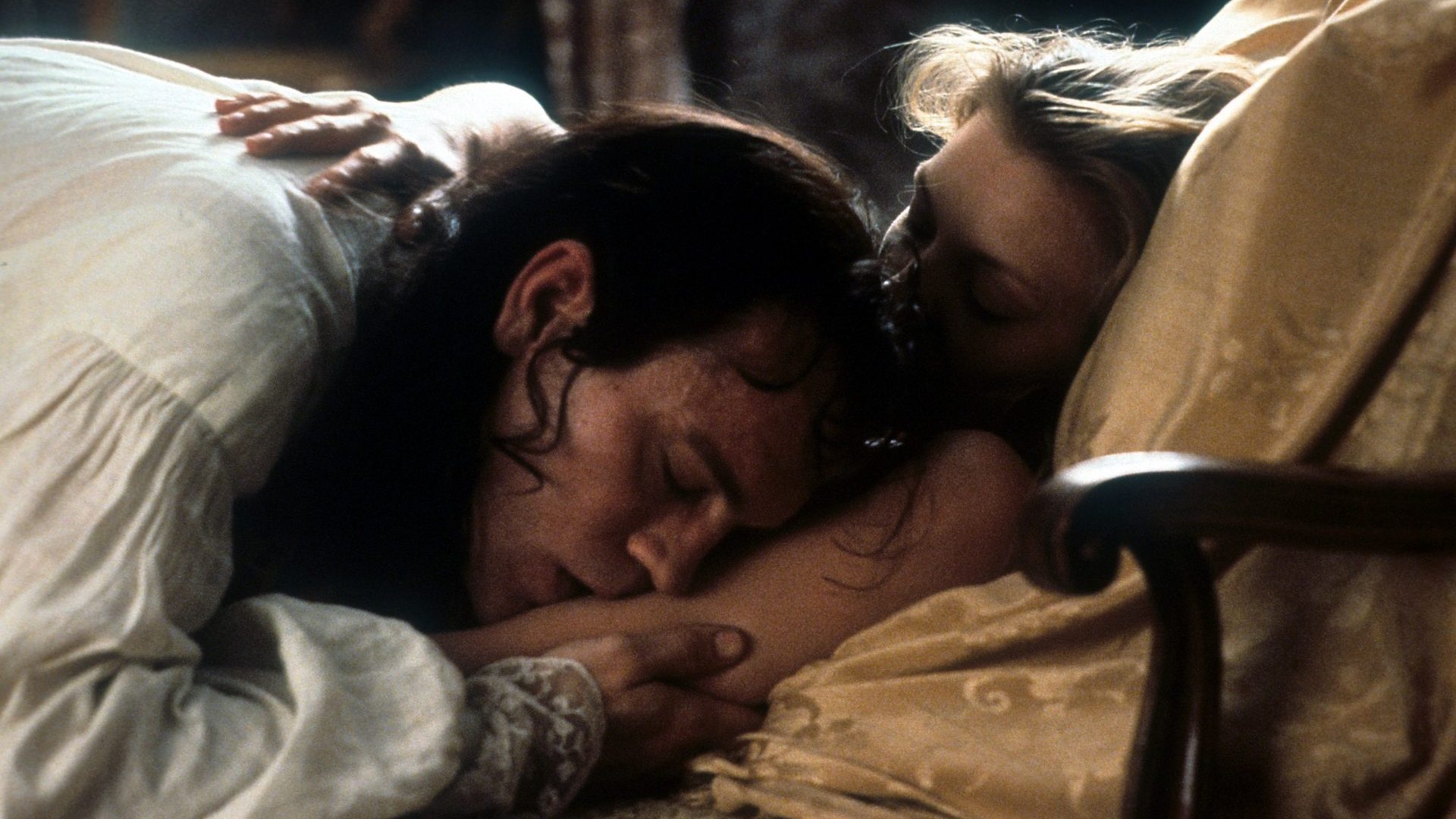Architecture and showbusiness would seem to be polar opposite career paths. Yet, when Jerzy Połomski – one of the most-loved entertainers in
Polish history, who died last month aged 89 – was blocked from training
as an architect by a system that reserved places for the proletariat and members of the Union of Polish Youth, he went to theatre school instead. He would go on to a singing career that spanned six decades – the Polish Ministry of Culture commented on his death: “his hits were sung by all of Poland”. Neither a musical revolutionary, nor obvious pop star material, it was instead Połomski’s warm and dynamic interpretation of songs that made
him so loved.
Połomski’s path to fame began in the mid-1950s when he made the journey 65 miles north from his native Radom to Warsaw. Having been rebuffed by the architecture school, and looking to escape enlisting in the army, he enrolled at the State Higher School of Drama, seemingly only on the strength
of his experience singing in his school choir. But once there, Połomski was hooked: “I gave up architecture. I caught the bug,” he would later recall.
At the school of drama, Połomski met a man who changed the course of his life. Ludwik Sempoliński was one of the most celebrated actors of the day and a professor at the school. He suggested Połomski change his real surname – Pająk (spider) – to something that would look better on a playbill. He also encouraged the young man to cultivate himself primarily as a singer.
Połomski wasted no time in taking up Sempoliński’s advice. Graduating in 1957, at a time when Poland was entering a post-Stalin political thaw, he appeared at Warsaw’s newly opened Studio Buffo Theatre but also began singing on state radio. Just a year later, he was voted the most popular Polish singer on the airwaves. Only Mieczysław Fogg, a much-loved pre-war performer, could beat him, although the story goes that Połomski had in fact won, but Polish Radio’s Władysław Szpilman (the man made famous by Polanski’s The Pianist) considered it inappropriate for him to be anointed in such a way so early in his career.
The 1960s and 70s would be Połomski’s golden age. He had all the charm of the singers of French chanson, but while comparisons were made to Charles Aznavour in particular, Połomski lacked the effortless style of his French counterparts, his rather unconvincing wig becoming something of a trademark.
Połomski was no innovator, either. While he tried some contemporary
western songs – his bombastic version of House of the Rising Sun came three years after the Animals had made it a hit – he mainly stuck to the sort of ultra-populist material that state-run radio favoured. One of Połomski’s best-known songs, Cała sala śpiewa z nami (1967) (The Whole Room Sings With Us), was typical of this kind of popular, easy-to-sing- along-to material. Połomski also made the re-interpretation of old songs a speciality. There was an album of pre-war hits in 1972, and a collection of Christmas songs followed two years later.
But it was exactly this homely familiarity that was central to Połomski’s appeal. He won countless awards at the various state song competitions and became a huge star in the USSR, although he was perturbed by what he experienced when he toured there, later recalling the day he saw prisoners being made to kneel in the snow on the train platform at Lviv as a moment that he began to doubt the communist system.
Political reality came knocking at Połomski’s own door at the beginning of the 1980s. When martial law was declared on the morning of Sunday December 13, 1981, and life in Poland was turned upside down overnight,
Połomski was just about to go to the US to play a series of dates. Despite the
restrictions, he was allowed to leave and would spend the next three years
there, primarily performing for Polish-American audiences in Chicago and New York.
Połomski could have stayed in the US permanently, and for a while it looked like he would. But while reading Solzhenitsyn during his trips to the west had put his own experiences in the USSR in a new and urgent context, he returned to Poland as soon as the state of emergency was lifted. “I can’t see a place for myself anywhere else,” he would later say, “The life here is far more intensive than in any other place on Earth.”
JERZY POŁOMSKI in five songs
Dom Wschodzącego Słońca (1967)
Połomski’s version of House of the Rising Sun featured some shaky English pronunciation, vocal histrionics, a blaring brass section and little of the dark sense of foreboding the Animals gave it.
Cała sala śpiewa z nami (1967)
A tale about the special powers of the “Spanish waltz”, The Whole Room Sings With Us had an appropriately Spanish flavour, complete with flamenco guitar and cries of “Olé!”
Kiedy znów zakwitną białe bzy (1972)
When White Lilacs Will Bloom Again was the title track of Połomski’s album of pre-war hits. Singing legend of the 1930s and Połomski’s rival in a 1958 poll of favourite singers, Mieczysław Fogg, had recorded it in 1932.
Bo z dziewczynami (1973)
The jaunty Because With Girls… reflected on the fickleness of females (“You won’t know if it’s like this or that/ And that’s the only sure fact”). Połomski recorded a new version of it with satirical rock band Big Cyc in 2006.
Pójdźmy wszyscy do stajenki (1988)
Let’s All Go to the Stable is a traditional Polish carol, and Połomski recorded several albums of such songs in his later career. His association with the festive season, along with his strong religious faith and status as a lifelong
bachelor, means he might be referred to as the Polish Cliff Richard.




